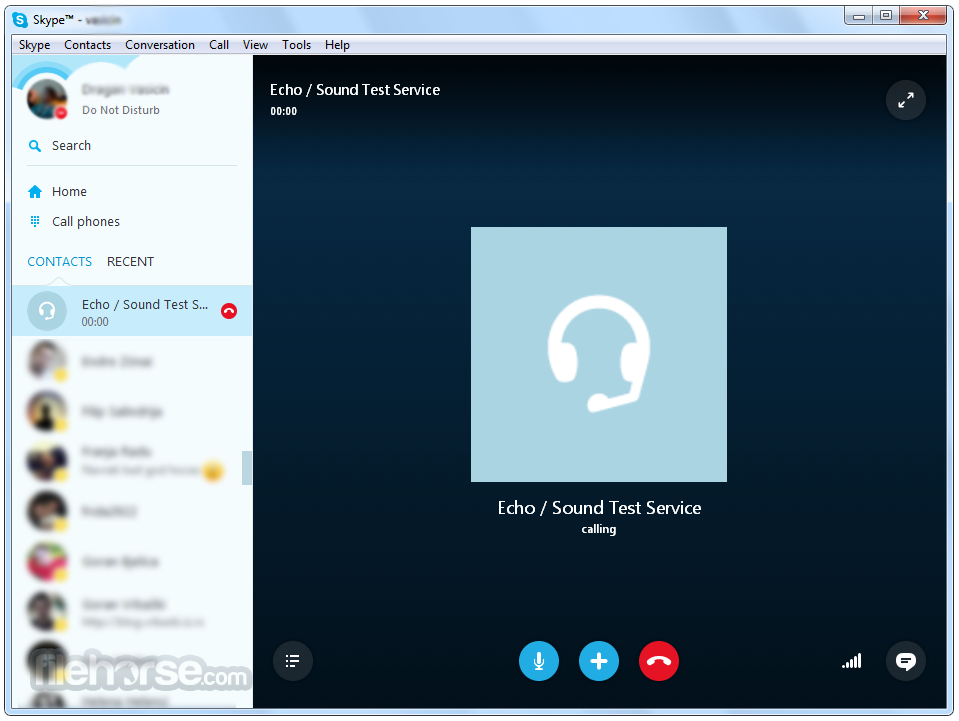
Like Zoom, Skype also provides a support page to explain their bandwidth details. Now, let us boil down all those kilobits into a language you can understand: Type of Call Quality Bits per second Bytes per minute Total per Hour 1:1 Standard 600kbps 9 MBs 540 MBs 1:1 720p HD 1.2Mbps 16 MBs 1.08 GB 1:1 1080p HD 3.8 Mbps 50 MBs 3 GB Group Standard 1.0 Mbps/600 Kbps 10.5 MBs 630 MBs Group 720p HD 2.6/1.8 mbps 29 MBs 1.7 GB Group 1080p HD 3.8/3.0 Mbps 68 MBs 4 GB Group Gallery 2.0/4.0 Mbps 30 MBs 1.8 GB

Gallery viewing: 25 views = 2.0 Mbps, 49 views = 4.0 Mbps Standard quality: up/down of 1.0 Mbps/600 KbpsĢ. 720p HD quality: to 1.2 Mbps (megabits per second)ģ. Standard quality: 600kbps (kilobits per second)Ģ. You can use this VoIP speed test feature to evaluate your Internet connection.From Zoom’s official support page, you will pick out that for a 1:1 video call:ġ. For instance, Skype recommends 1.2 mbps as the minimum bandwidth for VoIP HD video calls. Popular residential VoIP provider magicJack requires a much higher VoIP speed of 128 kbps.įor more demanding VoIP call types, such as HD calls or video calls, the minimum speed is even higher. Some VoIP providers have a lower threshold for minimum speed - Vonage notes that it can support VoIP calls made at Internet connection speeds as low as 30 kbps, but recommends a minimum speed of 90 kbps for consistent quality. Typically, only a broadband Internet connection can provide the minimum bandwidth for VoIP calls.Įach VoIP provider will have different recommendations regarding the minimum bandwidth for VoIP calls using their service.

Generally speaking, the higher your upload speed (which is really what is meant by your Internet connection speed), the more reliably consistent the quality of your VoIP phone calls will be. For the best call clarity, the minimum speed for VoIP phone calls is between 90 kbps (kilobits per second) to 156 kbps at the other end of the VoIP speed spectrum.


 0 kommentar(er)
0 kommentar(er)
